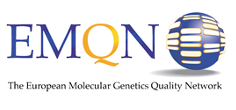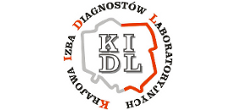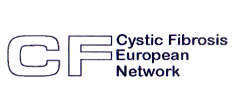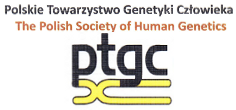- Genetic Tests
- Genetic Counseling
- SANCO prenatal test
- RHD SANCO test
- Infano test
- Parento test
- Genetic knowledge database
- Polgenom
- Certificates
- Team
- Make an appointment
- Contact
NZOZ genomed
>
Genetic testing
> Cardiomyopathy (hypertrophic and dilated)
Badania genetyczne
Badania genetyczne
Waluta
Cardiomyopathy (hypertrophic and dilated)
Cardiomyopathy (hypertrophic and dilated)
Test code: KP-ACMG-NGSNGS analysis of coding regions of 29 genes, related to sudden cardiac death (SCD): ACTA2, ACTC1, CASQ2, COL3A1, DSC2, DSG2, DSP, FBN1, FLNC, KCNH2, KCNQ1, LMNA, MYBPC3, MYH11, MYH7, MYL2, MYL3, PKP2, PRKAG2, RYR2, SCN5A, TGFBR1, TGFBR2, TMEM43, TNNI3, TNNT2, TPM1, TRDN, TTN.
We perform genetic testing from:
 saliva (the Oragene kit, spitting into a tube is required for sample collection, therefore the kit is not suitable for children under the age of 5)
saliva (the Oragene kit, spitting into a tube is required for sample collection, therefore the kit is not suitable for children under the age of 5)
 venous blood collected
venous blood collected
Cardiomyopathy (hypertrophic and dilated)
Test code: KP-NGSPanel of 80 genes known to be associated with hypertrophic, dilated and left ventricular non-compaction, based on the Whole-Exome Sequencing (WES).
We perform genetic testing from:
 saliva (the Oragene kit, spitting into a tube is required for sample collection, therefore the kit is not suitable for children under the age of 5)
saliva (the Oragene kit, spitting into a tube is required for sample collection, therefore the kit is not suitable for children under the age of 5)
 venous blood collected
venous blood collected
Cardiomyopathy (hypertrophic and dilated)
Cardiomyopathy is a disease of the heart muscle.We distinguish between dilated cardiomyopathy, the most common primary heart muscle disease, and hypertrophic cardiomyopathy, which is characterised by hypertrophy of the heart muscle with asymmetric thickening of the interventricular septum and reduced left ventricular cavity.
There are many risk factors that increase the chance of developing dilated cardiomyopathy, but genetic factors are the most important. More than 40 genes are responsible for the diverse manifestations of non-syndromic dilated cardiomyopathy.
The phenotypic variation in hypertrophic cardiomyopathy is also explained by the involvement of different mutations in the pathogenesis of this disease, with 29 genes now known to be associated with this condition.









